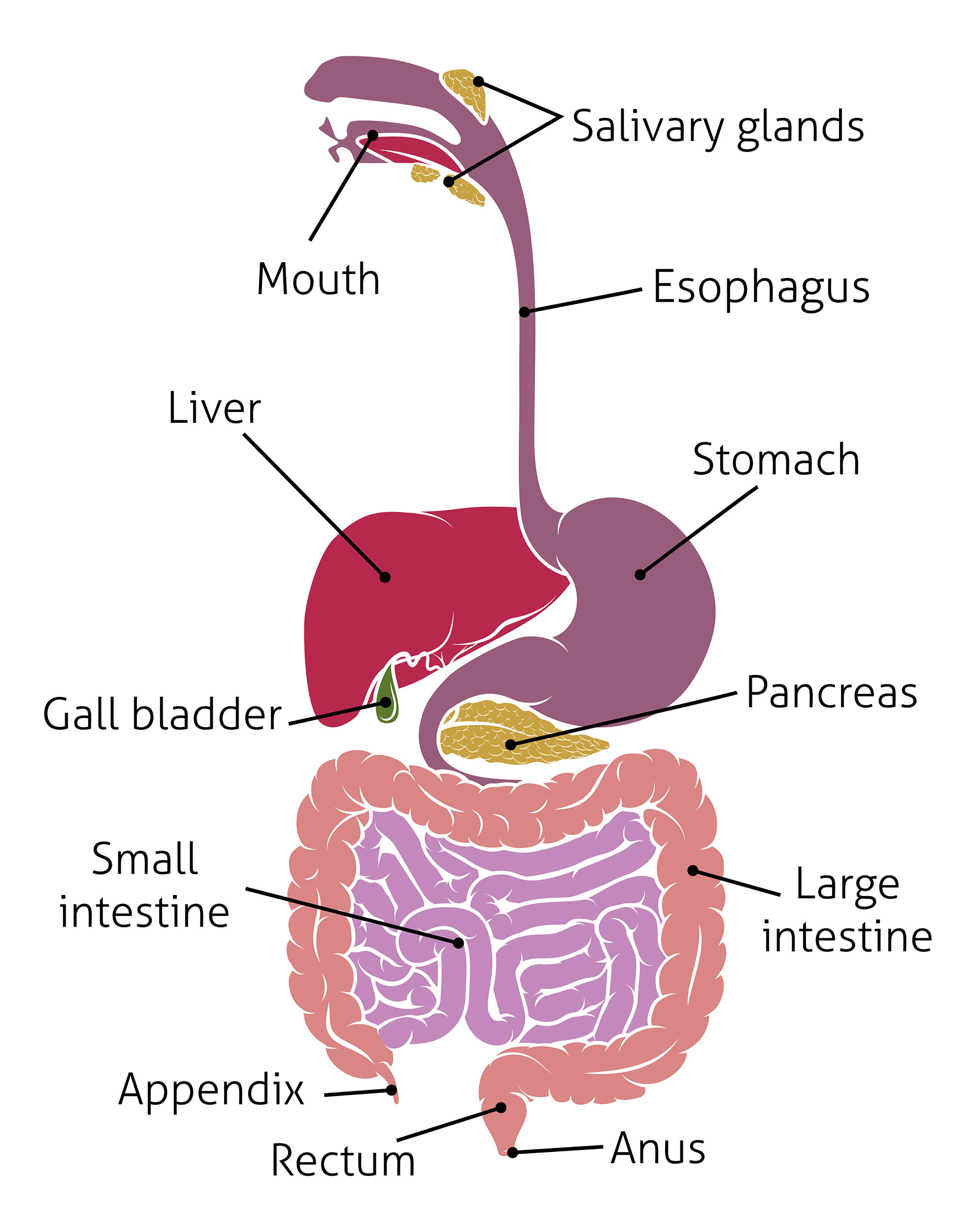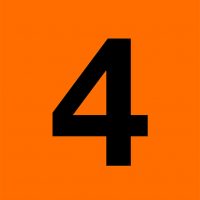
Lower G.I.T.

Lower G.I.T. Objectives
-
List the functions of the small intestine, large intestine, and rectum.
-
Describe the structure of the villi of the small intestine, and compare the tissue structures of the esophagus, stomach, small intestine, and large intestine.
-
Explain how lipids are digested, including the organs and chemicals involved.
We are starting with an overview of the lower gastrointestinal tract organs: small intestine, large intestine, rectum, and anus.
Often people confuse the small intestine and large intestine. This video introduces and contrasts these two organs.
The small intestine not only continues mechanical and chemical breakdown, it also has to absorb nutrients into the blood. This absorption is possible due to significant surface area created in part by villi.
The tissues of the small intestine are layered with the epithelial mucosal layer coming in contact with chyme, a submucosal layer of supporting connective tissue full of glands and blood vessels, and an underlying layer of smooth muscle for peristalsis.
A microscopic view of the cells involved in digestion and absorption within the small intestine.

Three accessory organs assist the small intestine in digestion: the liver, gallbladder, and pancreas. Tubes carry digestive chemicals to the small intestines, so the chyme never enters these three organs, but they do aid in digestion.
Liver: produces bile that assists in breaking down fatty materials. Bile is comprised of water, cholesterol, bile acids, and bilirubin (broken down heme from red blood cells). The bile travels down a tube from the liver to the gallbladder.
Gallbladder: stores and concentrates the bile produced in the liver and releases it after consumption of a fatty meal. It has a bile duct that dribbles the bile into the duodenum region of the small intestine.
Pancreas: produces digestive enzymes including lipase (breaks down lipids) and trypsin (breaks down proteins). A tube carries these enzymes to the duodenum of the small intestine.
Fatty substances are notoriously difficult to digest. This video demonstrates how lipase (produced in salivary glands and the pancreas) breaks down lipids. In the digestive system, bile would work with the lipase, in this demo I’m using liquid soap instead.

From the video that started this section, the large intestine absorbs _____ (otherwise we would have diarrhea) and _____ (needed for bones and more), and converts chyme into _____ which is further compacted in the rectum.
We will have more on the large intestine and rectum in the next guide.
The esophagus, stomach, small intestine, and large intestine each have different functions. What are they?
The inner epithelial linings of each organ reflect these functions.
The next section addresses some of the misconceptions that arise about the digestive system.

Check your knowledge. Can you:
-
list the functions of the small intestine, large intestine, and rectum?
-
describe the structure of the villi of the small intestine, and compare the tissue structures of the esophagus, stomach, small intestine, and large intestine?
-
explain how lipids are digested, including the organs and chemicals involved?






